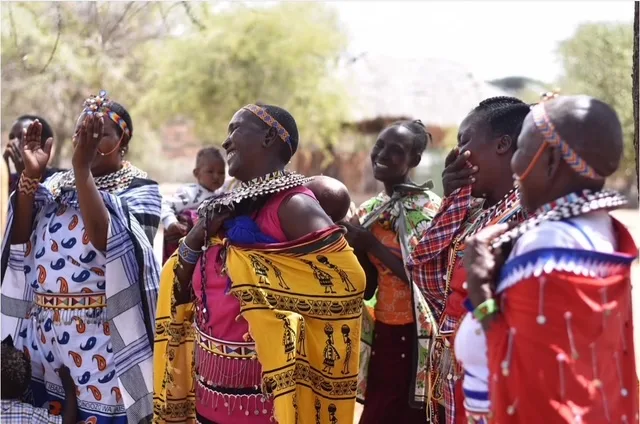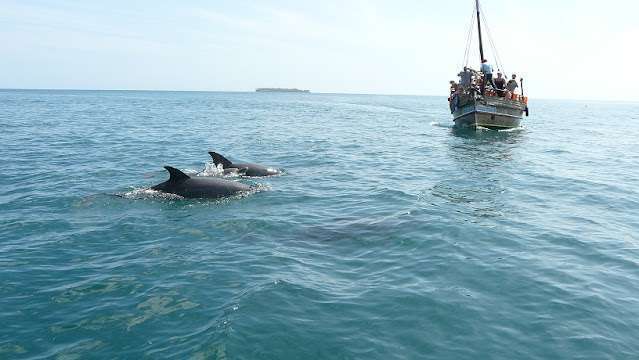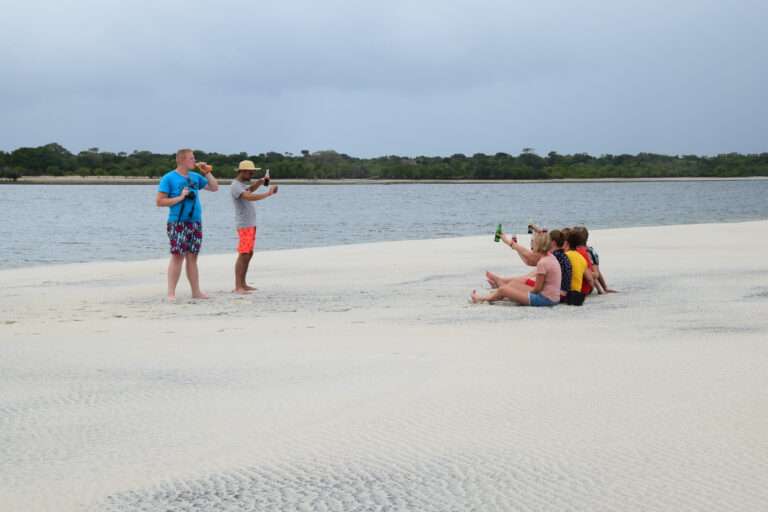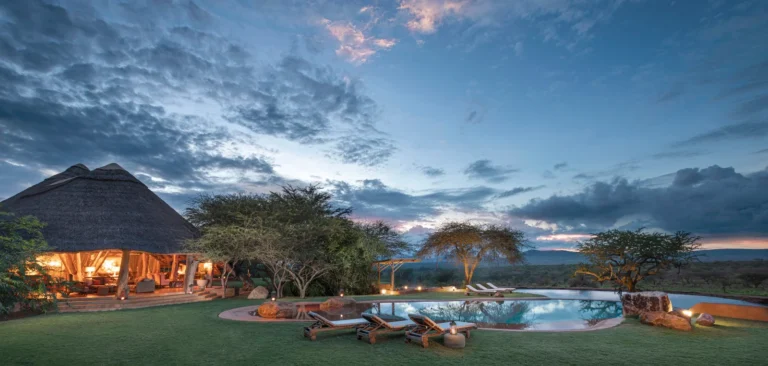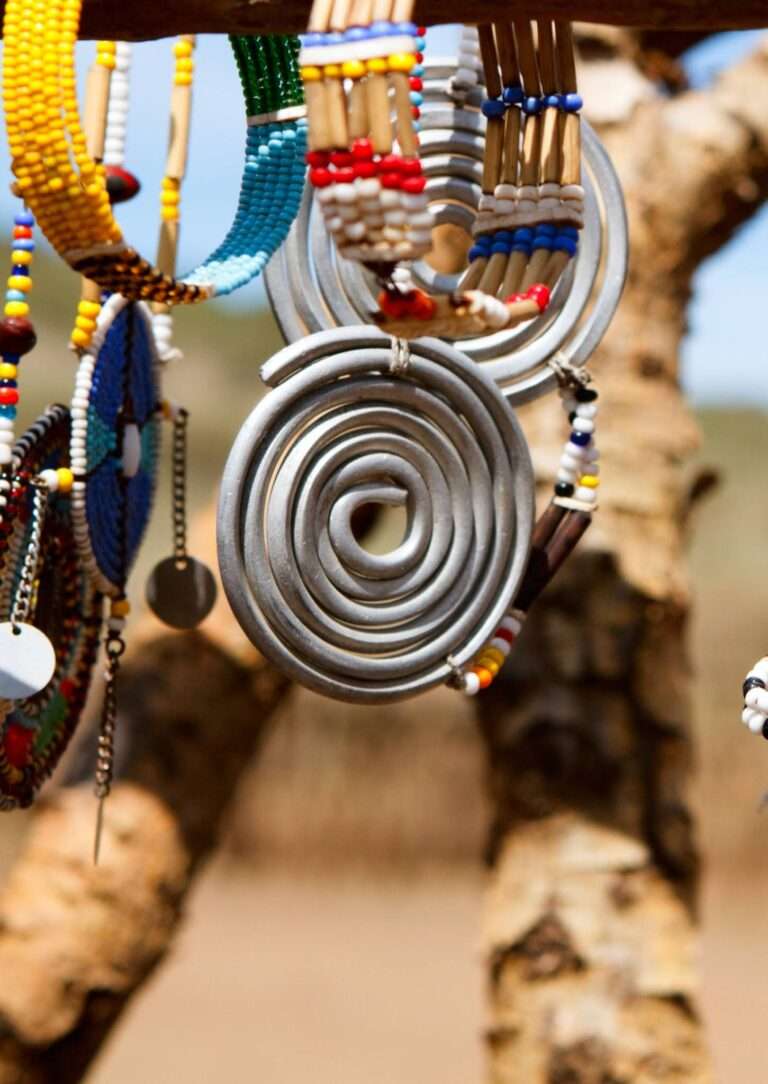- Home
- Destination
- Safaris
- Kenya
- 10 Days around Mount Kenya
- 7 Days Great Rift Bike Safari
- 7 Days Best of Birding Safari
- 7 Days Lake Turkana Safari
- 13 Days Kenya’s Historic Railway
- 14 Days Kenya’s Rift Valley Lakes
- 8 Days at the Beautiful Diani Beach
- 8 Days South Coast & Tsavo East
- 12 Days Photographic Safari
- 10 Days Beach Safari from Diani to Lamu
- 8 Days Kenya Horizon
- 12 Days Across Kenya
- 10 Days Flying Safari Amboseli and Northern Kenya
- Tanzania
- Uganda
- Rwanda
- Kenya
- About Us
- Travelling Tips
- Gallery
- Blog
- Home
- Destination
- Safaris
- Kenya
- 10 Days around Mount Kenya
- 7 Days Great Rift Bike Safari
- 7 Days Best of Birding Safari
- 7 Days Lake Turkana Safari
- 13 Days Kenya’s Historic Railway
- 14 Days Kenya’s Rift Valley Lakes
- 8 Days at the Beautiful Diani Beach
- 8 Days South Coast & Tsavo East
- 12 Days Photographic Safari
- 10 Days Beach Safari from Diani to Lamu
- 8 Days Kenya Horizon
- 12 Days Across Kenya
- 10 Days Flying Safari Amboseli and Northern Kenya
- Tanzania
- Uganda
- Rwanda
- Kenya
- About Us
- Travelling Tips
- Gallery
- Blog
Ngorongoro Conservation Area
HIGHLIGHT
Norway is a paradise for outdoor enthusiasts. Whether it’s skiing in the winter, kayaking in the fjords, cycling along scenic routes, or simply enjoying a leisurely hike.
Overview
How to get there
What to See & Do
Climate
Map
Overview
Background Information
The Ngorongoro Crater, at 2,286 meters above sea level, is the largest unbroken caldera in the world. Millions of years ago, Ngorongoro may have rivaled Kilimanjaro in size, but as its volcanic activity subsided, it collapsed inward, forming a caldera. Surrounded by very steep walls rising 610 meters from the crater floor, this natural amphitheatre covers an area of about 100 square miles, and is home to some 25,000 larger mammals, almost half of them zebra and wildebeest.
The Crater is an African paradise and haven for lion, elephant, hyena, gazelle, buffalo, eland, hartebeest, warthog and some of the last remaining rhino in Tanzania. More than 100 species of birds not found in the Serengeti have been spotted here. The Crater’s lake is home to thousands of flamingo, which carpet the area with the glow of their pink plumage. The Crater has been declared a World Heritage Site. Nearby, in the Ngorongoro Conservation Area, are the famous archaeological sites of Laetoli and Olduvai Gorge, allowing the visitor a glimpse into our own past. And the pastoral Masai can be seen tending their herds of cattle, sheep and goats in their colorful and traditional dress.
How to get there
By Air: From Arusha, you can hop around the parks of the northern circuit by small aircraft on chartered or scheduled flights, or you can drive and do the whole circuit by safari vehicle.
A popular option is to fly into the Serengeti and make your way back by safari vehicle via the Ngorongoro crater, or the other way around. In most cases, your tour operator will pick you up from the airport. Coming from the Seronera area in the Serengeti, the distance to the crater is about 140km/90mi and the driving time is about three hours. This can obviously take much longer allowing for wildlife viewing along the way.
By Road: The 80km/50mi drive from Lake Manyara to the Ngorongoro Crater takes about two hours, and the 180km/110mi drive from Tarangire takes about four hours. The best option to get to Arusha is to fly into Kilimanjaro International Airport (JRO), which is situated about 46km/29mi from Arusha.
It is also possible to fly into Julius Nyerere International Airport (DAR), near Dar es Salaam and fly on to Arusha Airport (ARK) or Kilimanjaro International Airport (JRO). A third option is to book a cheaper flight to Nairobi in Kenya and take a shuttle bus to Arusha.
What to See & Do
The Ngorongoro Crater offers some of the best wildlife viewing in Africa. All the major safari animals occur in great numbers. The resident population of black rhino is a real treat, as rhino are very difficult to spot elsewhere in Tanzania. The crater is also home to some very impressive elephant bulls with huge tusks. Lake Magadi often harbors large flocks of flamingo.
You can spot wildlife down on the crater floor at any time of year. But the viewing is better in the Dry season (June to October) when the undergrowth has receded and animals tend to gather conveniently around waterholes and rivers. The only advantages the wetter months offer are fewer people and low-season accommodation rates.
Climate
Ngorongoro CA has a mild, temperate climate. The area experiences two Wet seasons. From October to November are the ‘short’ rains, followed by the ‘long rains’ from March to May. Rainfall is experienced in the form of showers and thunder in the afternoon, yet it would be odd for it to rain the whole day. The crater never gets very hot during the day, but the crater rim gets cold, and it can freeze at night. Warm clothing for early morning game drives is a necessity.
Map
Example Trips
Book Your Safari
Browse our example trips and get in contact to start planning your very own adventure.
Our Stories
© 2025 Copyright Adventure Expeditions

